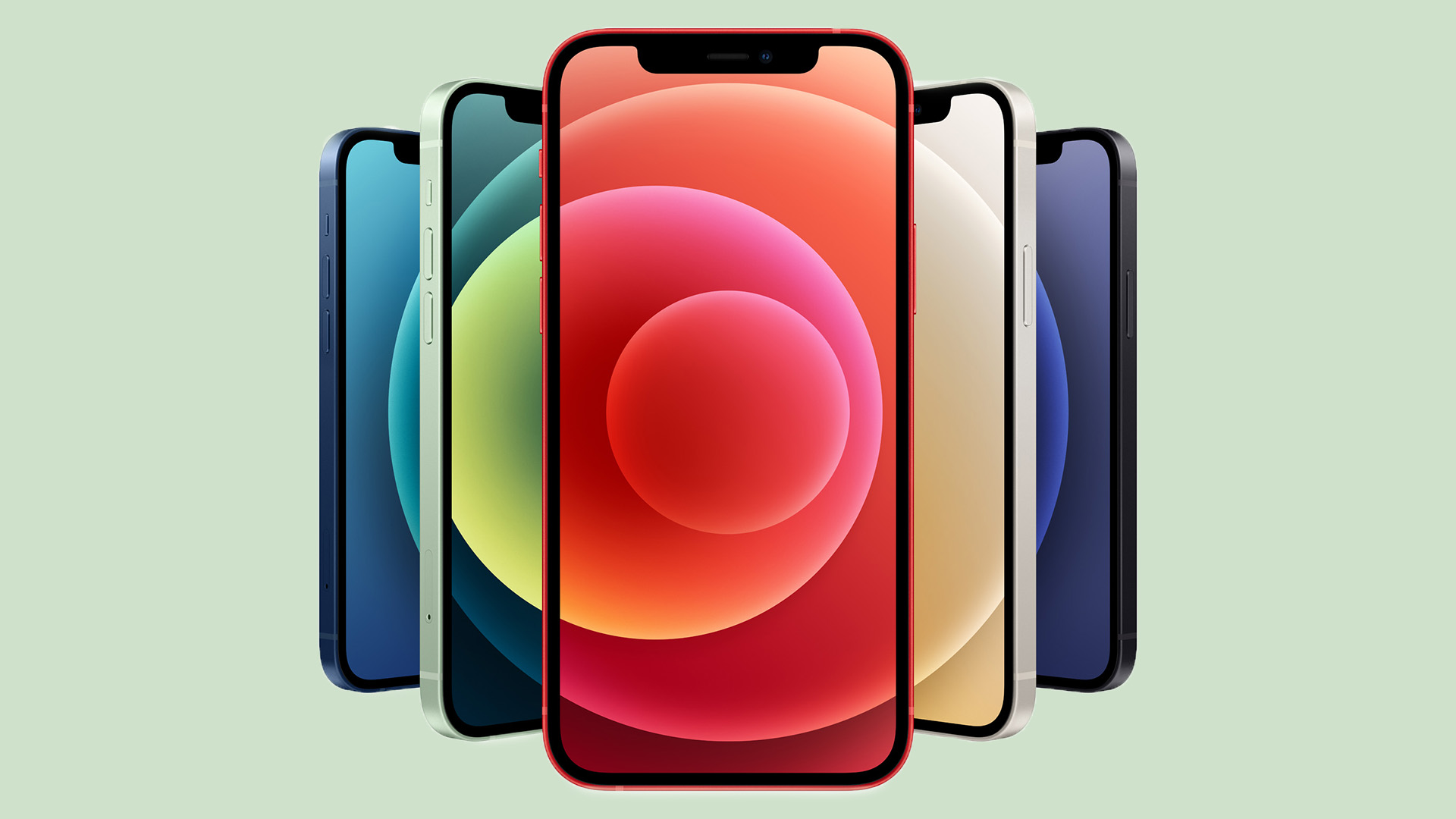

The iPhone 13 is imminent – Apple's next phone is all but certain to be revealed at today's Apple Event, along side AirPods 3 and Apple Watch Series 7.
As is always the case with these things, rumours and leaks over the last few months have given us a lot of pointers for what to expect from the new phones. There's still plenty of room for surprises, of course, but this year always looked likely to be one of evolution rather than revolution, and the expected feature list reflects that.
So before the event, get your iPhone 13 pre-order trigger-finger nice and itchy with this cheat sheet for the six biggest things we expect from the iPhone 13.
Here's how to watch the Apple event live, and we'll bring you our reaction on T3 as it happens!
1. More battery life
It's not sexy or fun, but this is probably the update you'll get the most practical use from – and it's the improvement people want most in the iPhone 13, according to a survey.
The iPhone 12 got the same battery life as iPhone 11, despite have smaller battery units, thanks to more efficient components. This year, we're expecting an internal redesign to mean that Apple can increase the size of the battery again, giving a nice boost to battery life. Rumours say it could be an hour of extra use, or maybe more – anything extra is good with us.
2. 120Hz screen on iPhone 13 Pro
A high-refresh screen is one of few big items on the spec sheet that Android phones have and the iPhone doesn't. It seems as though a 120Hz refresh rate is coming to Apple's phone this year, though only for the iPhone 13 Pro and iPhone 13 Pro Max – not for the regular models.
Sign up to the T3 newsletter for smarter living straight to your inbox
Get all the latest news, reviews, deals and buying guides on gorgeous tech, home and active products from the T3 experts
A high-refresh screen updates the image more quickly, meaning that anything that moves (such as scrolling a webpage, or the animation when switching between apps) will look smoother and clearer while it's moving, because the phone is giving your brain more information.
It's a really nice effect, and make things look more real-life and less like blurry pixels moving on a screen, however we don't think it'll be a major problem that the regular iPhone 13 won't offer this.
We expect that Apple will call its high-refresh screen 'ProMotion', like it does on the iPad Pro, which means that it doesn't just go up to 120fps, but will also turn itself down to 60fps most of the time, and can drop to 30fps when watching video, saving battery.
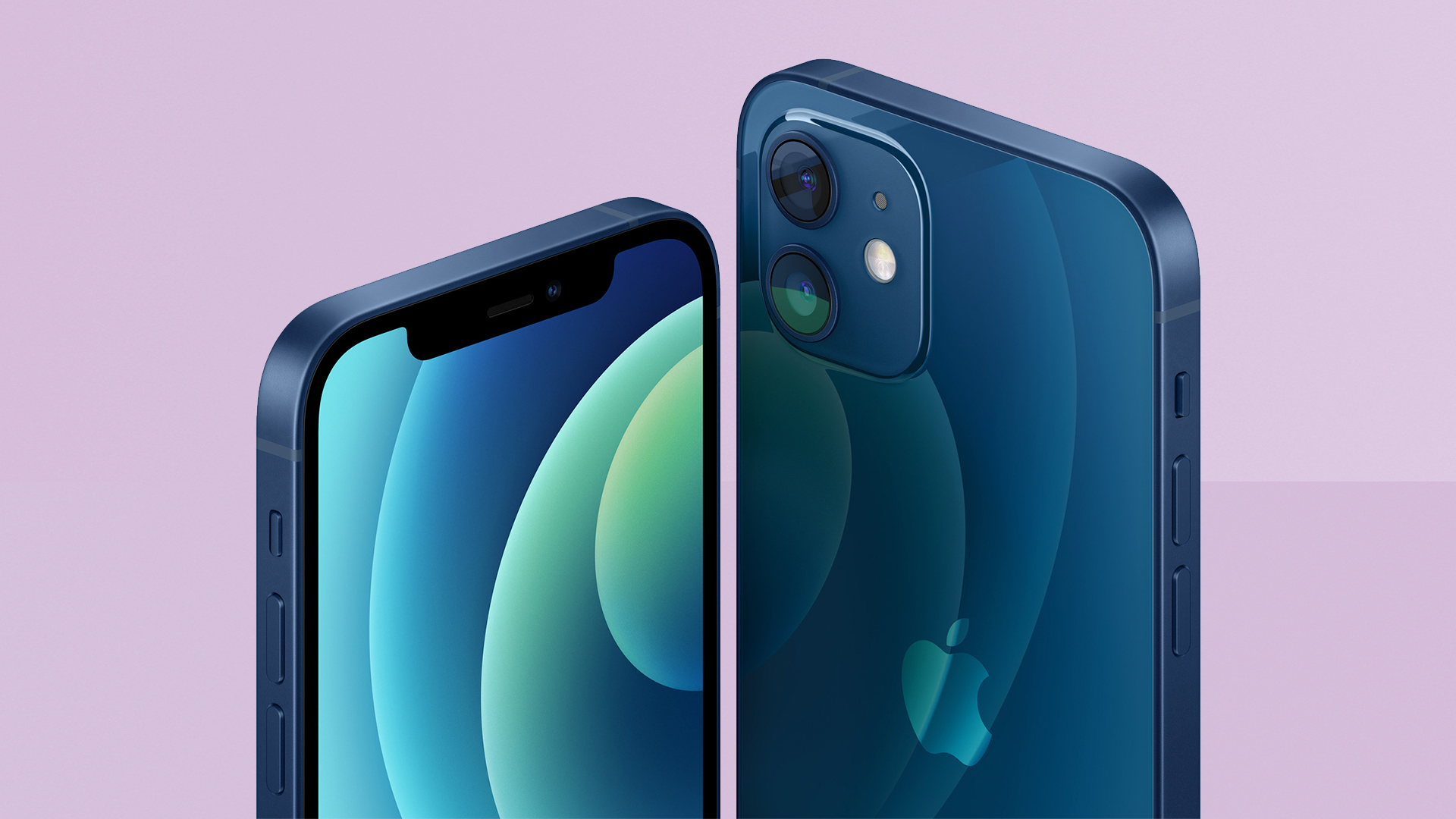
3. Smaller notch
It sounds like the notch cut-out at the top of the iPhone's screen – which has gone effectively unchanged from the iPhone X to now – is finally being shrunk in size. It won't go away completely or be replaced with a tiny hold camera (like you see on most of the best Android phones) because Apple's Face ID scanning system is too elaborate to be contained in anything other than a notch of some size, currently.
But things are said to be better more compact, which will mean more space on the screen for whatever you're looking at, hopefully.
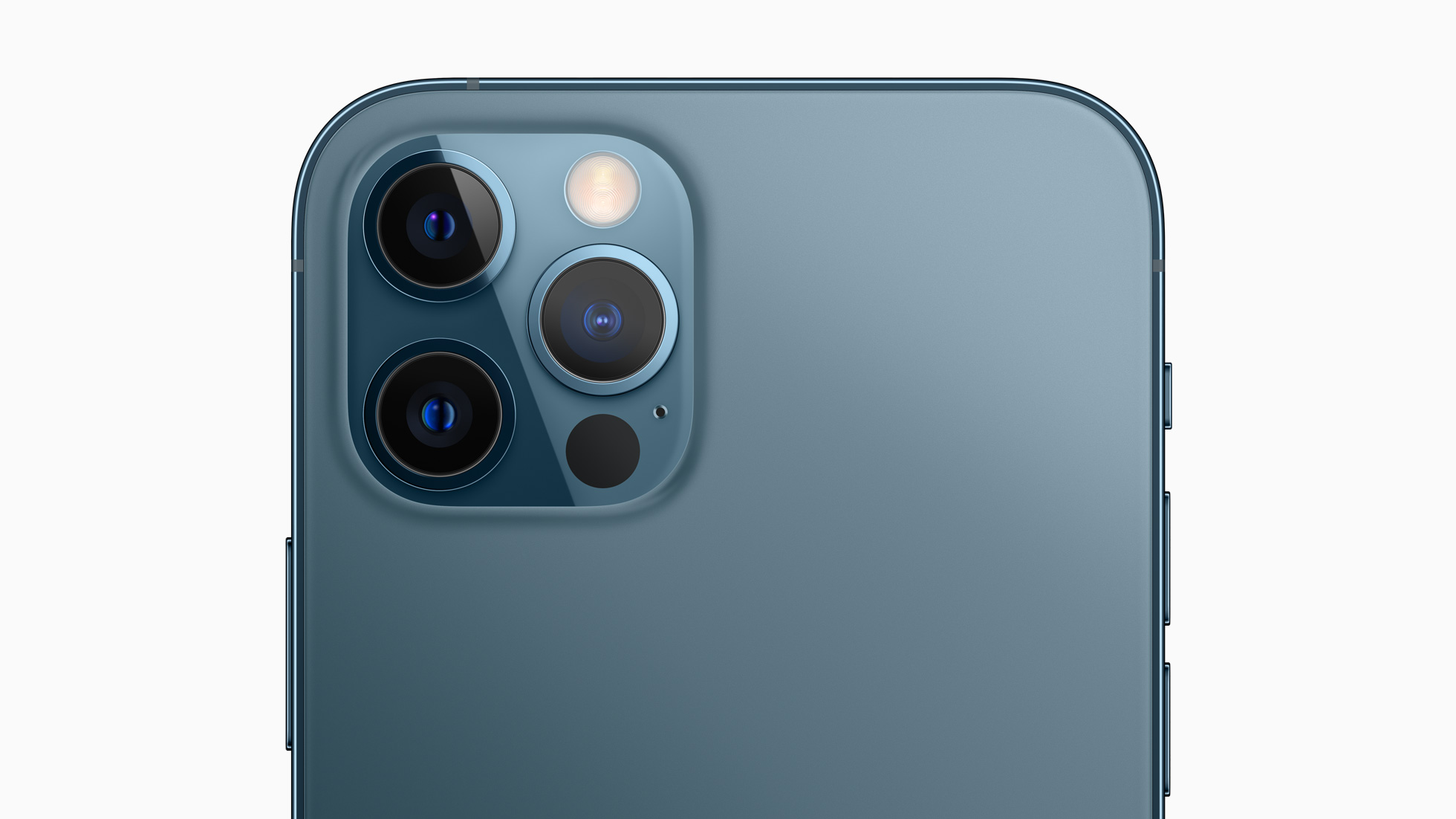
4. Improved cameras and Night mode
Apple improves the cameras on iPhone every year, so this is no shock really – they're arguably the single most-used part of the phone other than the screen, after all.
Image processing will improve, as it does every year, with better handling of contrast-y scenes, and probably an improvement in detail and sharpness. But apparently the hardware will change too, with new sensors that are able to capture more light – that means more realistic colours, crisper definition, less noise and a snappier shutter speed for fast-moving subjects.
In particular, the ultra-wide camera is said to be able to grab lots more light, which means a big improvement to the already very impressive Night mode. Rumours say that colours in Night mode will be more vibrant and true-to-life, making dark shots look even more like well-lit pics.
5. Faster processor
Does the iPhone's processor need to be any faster, given that it already outperforms the average laptop? No. Will that stop Apple making yearly improvement just because it's the best in biz and wants to keep thing that way? Hell no.
We don't expect a huge leap forward here, but 10% or so improvement in overall CPU speed while bringing power use down a little would be a nice boost. We wouldn't be surprised to see a larger increase in graphics performance, because the M1 chip used in the MacBook Air (2020) and 13-inch MacBook Pro (2020) really pushed things forwards in that regard, and it makes sense for the iPhone to see some benefits from it.
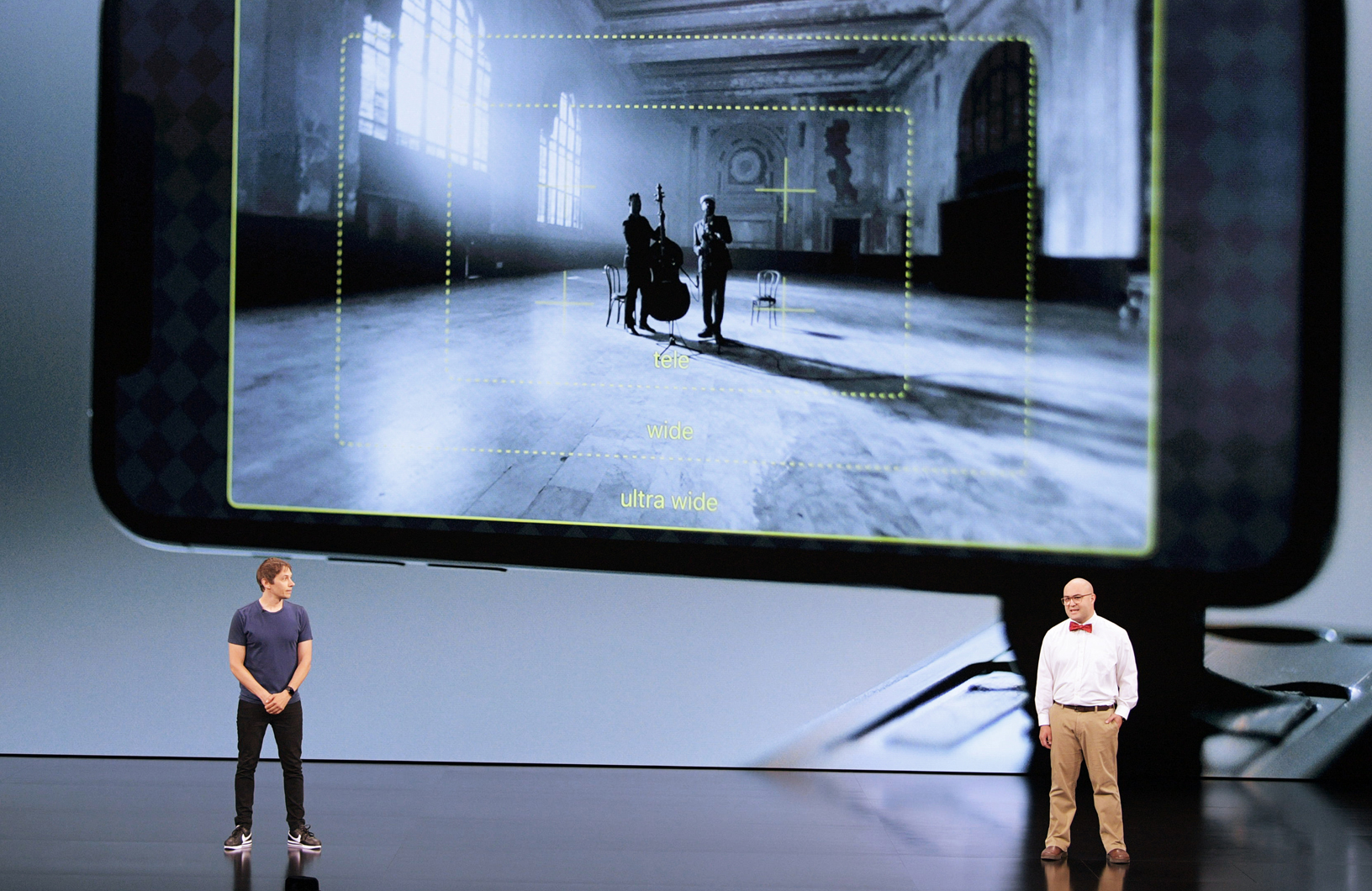
7. ProRes video on Pro
Last year, Apple introduced a new photo file format in the iPhone 12 Pro called 'ProRaw', which combined the open flexibility of raw photos with the processing that Apple does to optimise shots taken on the sensors it uses.
This year, Apple is said to be doing the same with video, using a version its already-existing 'ProRes' video format. Basically, the iPhone 13 Pro is said to be able to capture 4K HDR video in a professional-level format, that can then be tinkered with in editing suites, grading tools or effects software without any quality degradation.
Most of us won't be able to make much use of it, but just like ProRaw, it's exciting that it will bring more flexibility and higher quality options to amateurs without the price that a dedicated video-recording camera would cost.
6. 1TB of storage
If Apple does include a new high-quality video format, then your iPhone is going to need a lot of space on board to actually hold it, because video is large. Good news, then, that Apple is said to be offering a 1TB storage option for the iPhone 13 for the first time.
We'd wager that this will also be a Pro-only feature, and the regular iPhone 13 will max out at 512GB. Either way, this will please some hardcore Apple users, and not just the video buffs. That's lots more storage for your photos, or for downloading your whole music library in Hi-Res Lossless format from Apple Music, and so on.
Matt is T3's former AV and Smart Home Editor (UK), master of all things audiovisual, overseeing our TV, speakers and headphones coverage. He also covered smart home products and large appliances, as well as our toys and games articles. He's can explain both what Dolby Vision IQ is and why the Lego you're building doesn't fit together the way the instructions say, so is truly invaluable. Matt has worked for tech publications for over 10 years, in print and online, including running T3's print magazine and launching its most recent redesign. He's also contributed to a huge number of tech and gaming titles over the years. Say hello if you see him roaming the halls at CES, IFA or Toy Fair. Matt now works for our sister title TechRadar.
-
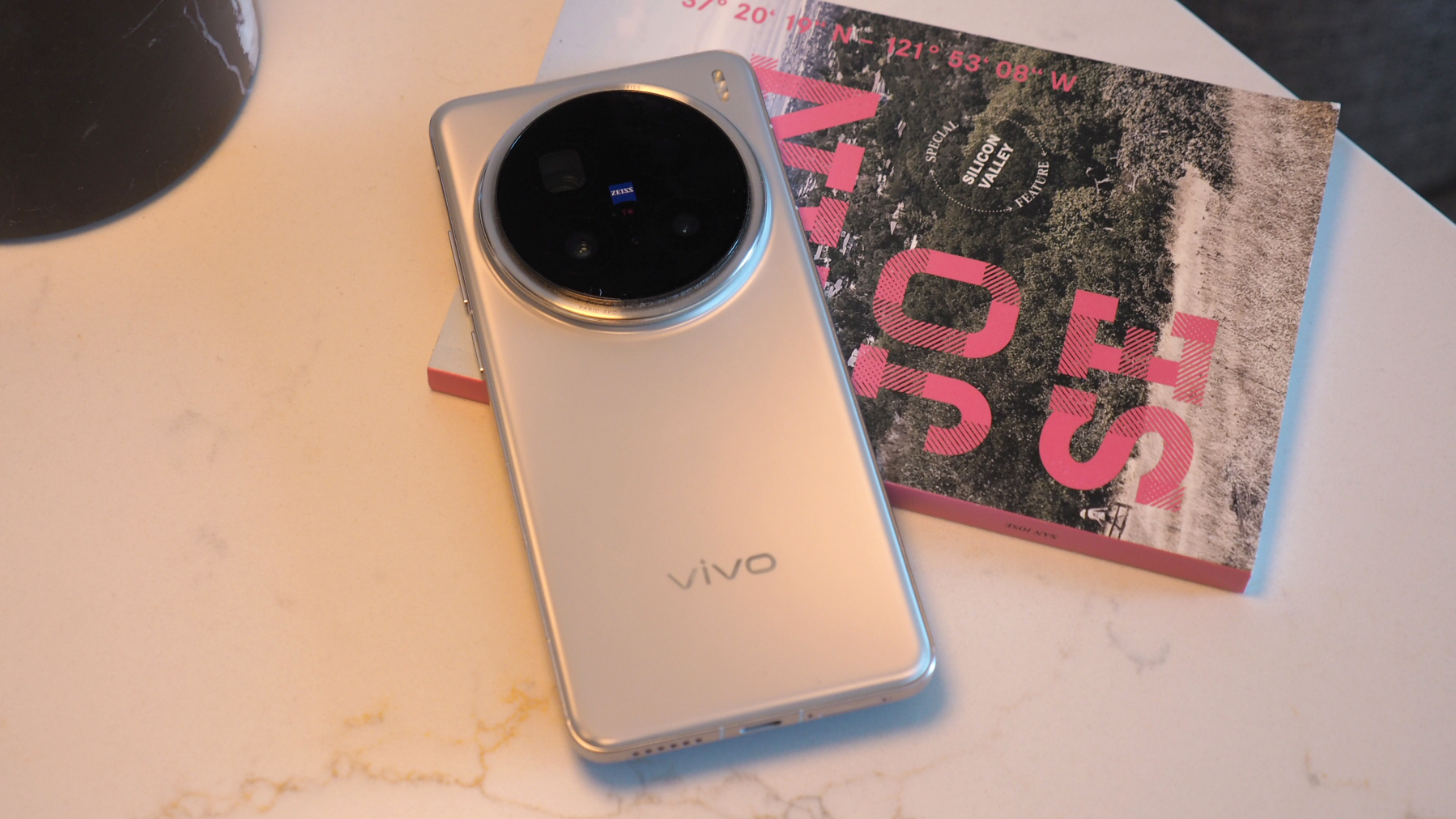 Android phones just got surprise prospective upgrade from MediaTek
Android phones just got surprise prospective upgrade from MediaTekDimensity 9400+ anyone? MediaTek's powerhouse chip just ranked up
By Mike Lowe Published
-
 This Disney Plus favourite had 100% on Rotten Tomatoes last season – here's when the new one is out
This Disney Plus favourite had 100% on Rotten Tomatoes last season – here's when the new one is outIt's an Emmy award-winning show
By Sam Cross Published